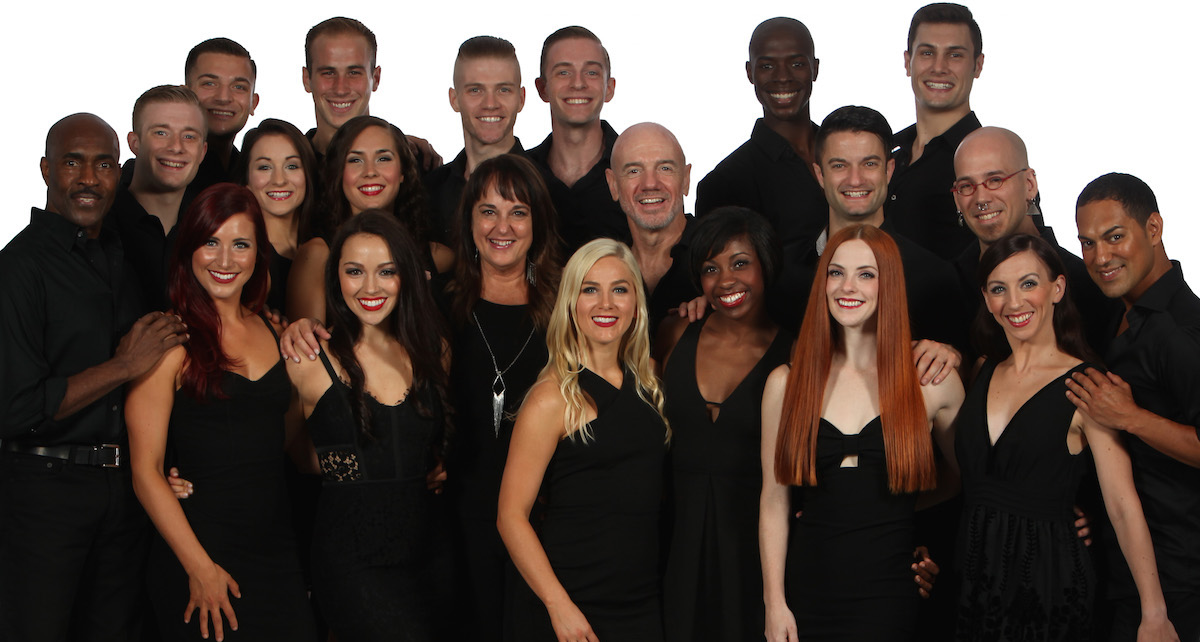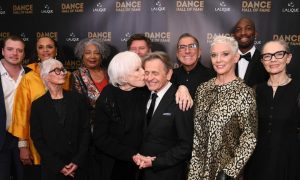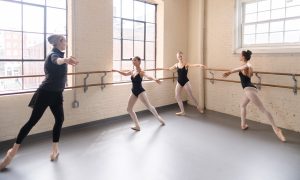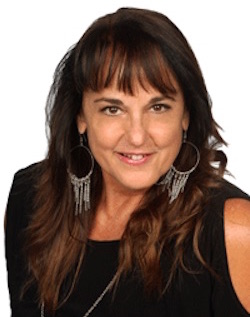
Nan Giordano. Photo courtesy of Giordano.
There’s the classic — that which brings nostalgia and an easy smile. Then there’s the current — what some might call “contemporary”, what others might call “fads”. Then there are things that manage to beautifully marry them both, to make the classic relevant to the modern day, while maintaining the timeless essence of the classic. Nan Giordano’s leadership of Giordano Dance Chicago, inherited from her father by his command, strikes that difficult yet important balance. Dance Informa speaks with Giordano about legacy, the past and present identity of jazz dance, and her company’s curation of that identity on and off stage.
Giordano’s father, Gus Giordano, was a “founding father” of the American art form of jazz dance, along with names like Matt Mattox, Luigi and Bob Fosse. Giordano explains how Giordano Dance Chicago is “not only carrying on [that legacy] but pushing it forward”. When asked about the most important part of her father’s legacy, Giordano says, “My father was a pioneer. It’s about carrying forward this wonderful jazz idiom…it’s exactly what he would want.”
She describes, with loving energy filling her voice, how she and her team feel her father “smiling down on us” as they carry forward his legacy in day-to-day work, such as in how they had been honing in on the Nan Giordano Certification Program teacher training syllabi earlier that day.
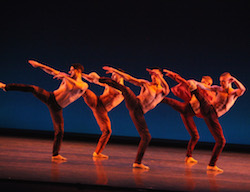
Giordano Dance Chicago’s ‘Shirt Off My Back’. Photo by Gorman Cook Photography.
What exactly is the essence of Giordano jazz, that which they carry on in those ways? “The Giordano technique radiates from the pelvis,” she explains. But, more importantly, it’s about the joy and love for life that it exudes. “Whether we’re doing a Giordano or a Liz Imperio piece, it’s all about soul and joy,” Giordano adds. She describes her belief that this type of soulfulness isn’t as present in today’s dance. Referencing much “contemporary” dance, she says, “There’s no soul in it. Don’t get me wrong, the technical level is very elevated. But you don’t see the same life in it.”
She also comments on the views that “jazz is dead”, that it’s somehow become “contemporary”. “[That view] irks me,” she says. “‘Contemporary’ just means what’s now! In our company, jazz is very much alive.” And to the company now, as it was for her father, “jazz is not one thing; it’s multi-dimensional,” Giordano articulates. The company works tirelessly to ensure that lifeforce of classic jazz not only lives on but also grows with the world in which it resides.
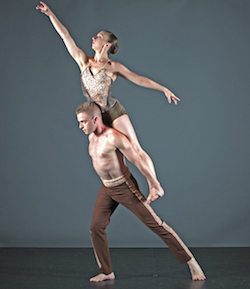
GDC’s ‘Entropy’. Dancers Maeghan McHale and Joshua Blake Carter. Photo by Gorman Cook.
Giordano and her team know that happens through educating the youth. “The youth is the future of our dance world,” she says. “When we introduce them to it, they’re like, ‘What is this?’, and they want more!”
Contrary to the views that youth are becoming less focused and less motivated, Giordano asserts that they like the discipline and groundedness of the Giordano technique. Outreach of the Giordano technique also fills a gap for jazz technique in dance education, she asserts. “Nowadays, there’s a lot of ballet to learn — Bournonville, Cecchetti, et cetera — also a lot of contemporary, but not as much jazz,” Giordano remarks. “And when [youth] are exposed to it, they like it, they want it!”
The company brings these assets to the youth through various projects in high schools, such as one in which company members make work on high school students. “There’s nothing about competition or medals in this; it’s just about the stage, about performing,” Giordano describes. “It’s about working with professionals, who are coming to their level. It’s very exciting that young dancers love the technique, that they crave it. That’s part of the legacy, that positive energy. I feel very honored to be a part of that.”
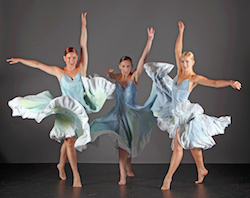
Giordano Dance Chicago’s ‘La Belleza De Cuba Dancers Rachael Berube, Meaghan McHale, Katie Rafferty. Photo by Gorman Cook.
And when dancers become part of the Giordano family, they stay, she explains. She tells one dancer’s story as an example, one who trained under both her and her father and is now on the company’s artistic team. All of these different creative personalities coming together with a common vision and a common goal are like “veins” of the the Giordano “bloodline”. This is just like how the founders of jazz dance created their own “veins” in the bloodline of the larger jazz dance form, says Giordano. That bloodline flows through the body of American history and culture, carrying with it joy for life and soulful unity.
Gus Giordano was a “visionary”, describes his daughter, his vision full of movement that offers those life-giving things. Giordano says, over and over, that her work has nothing to do with her. “I’m not one who cares if anyone knows my name. I want the technique to live on far past when I’m gone. I want that to be my legacy.”
If she’s anything like her father, it will be.
By Kathryn Boland of Dance Informa.


